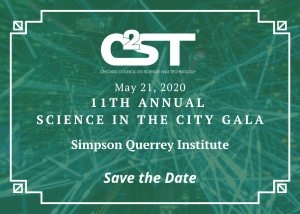COVID-19 Update
Dear friends of C2ST,
The global spread of COVID-19 has become a source of concern, stress, and disruption for businesses, families, and organizations big and small. We understand that the situation in Chicago is not yet dire, but we are also aware that preventative measures need to be taken to keep it that way.
That being said, we are in the beginning stages of an audit of our programs and public appearances over the coming weeks. We are monitoring the COVID-19 situation closely, and should things begin to change here in Chicago, we will notify you of any changes made to our schedule.
We take public health and safety very seriously here at C2ST and the last thing we want is to contribute in any way to the spread of both the virus and the fear or uncertainty that comes with it.
Please keep an eye on our social media platforms for immediate updates. Emails will surely follow if necessary. In the meantime, please practice proper hygiene and social distancing techniques. And most importantly, stay positive!
